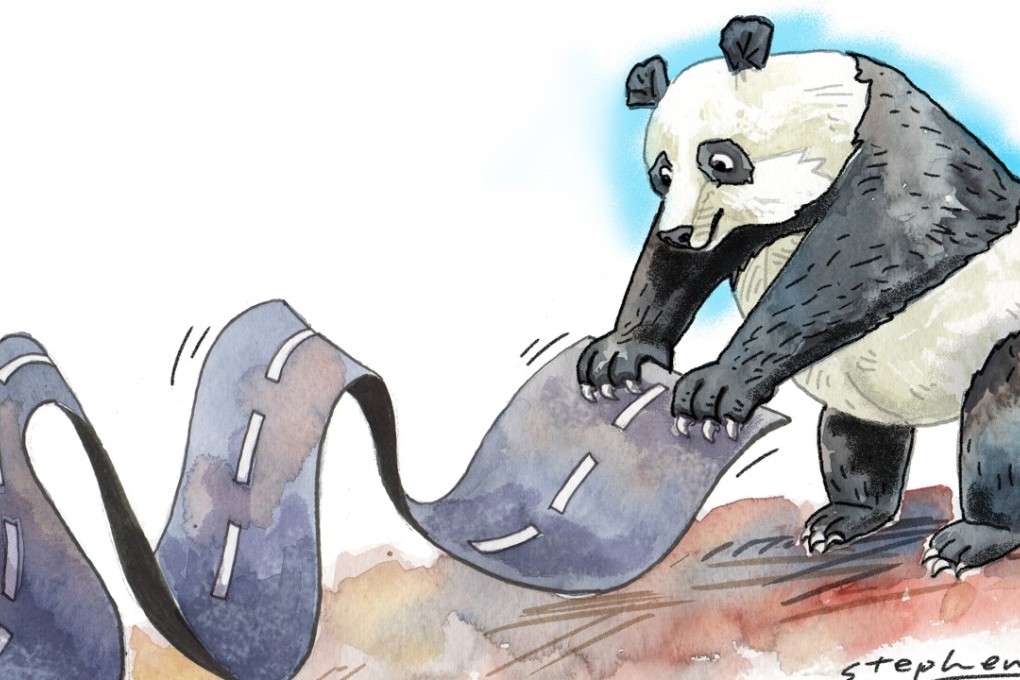Facing a trade war and bumps along the belt and road, China may have to revisit the cost of its grand plan
Anu Anwar says China’s ambitious international infrastructure investment plan goes beyond funding roads and railways by transforming the global geopolitical landscape, but as it faces resistance, its true costs are becoming evident

The plan’s true objectives and multilayered ambitions have been analysed from a wide range of perspectives, but there is an emerging awareness that its impact is already being felt far beyond the realm of infrastructure construction.
In fact, the Belt and Road Initiative will remain the master concept of Chinese foreign policy for the foreseeable future, all the way to 2049, the 100th anniversary of the founding of the People’s Republic of China.
In the past five years, the plan has materialised into concrete action, with its impact being felt beyond the Pacific Ocean. Experts expect the project to play a pivotal role in transforming the geopolitical landscape of the Asia-Pacific as well as globally.